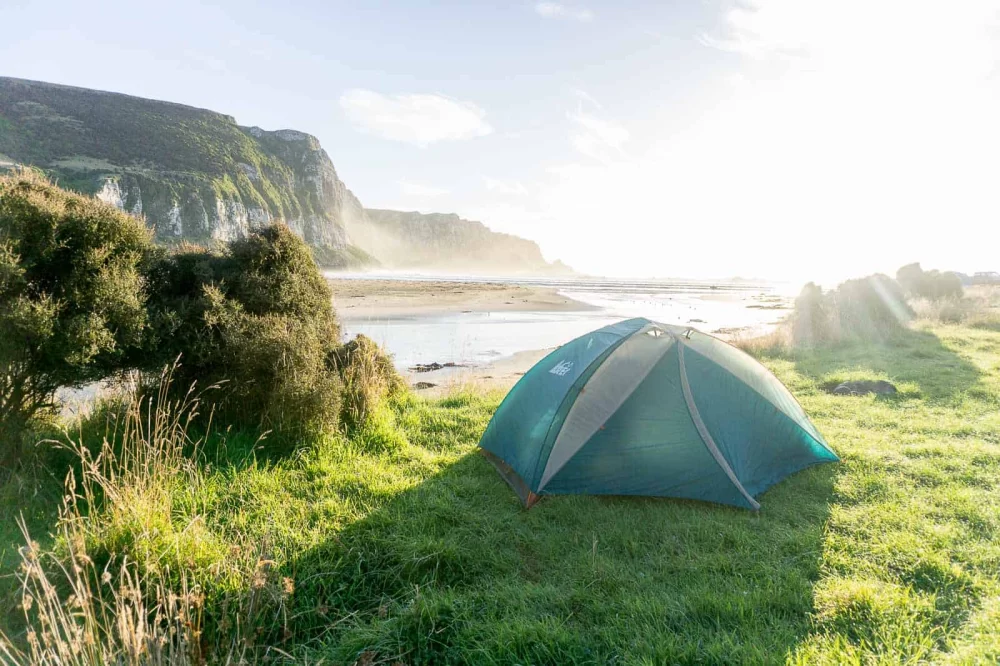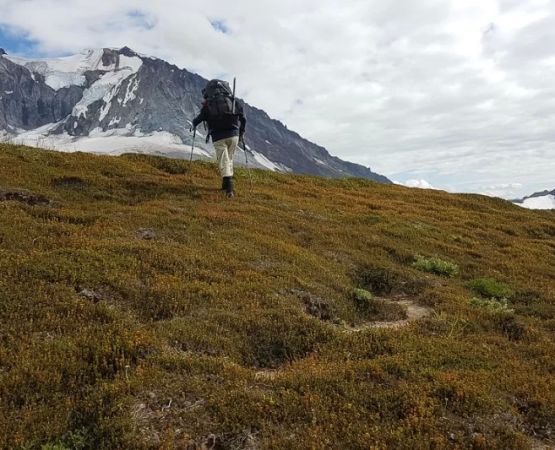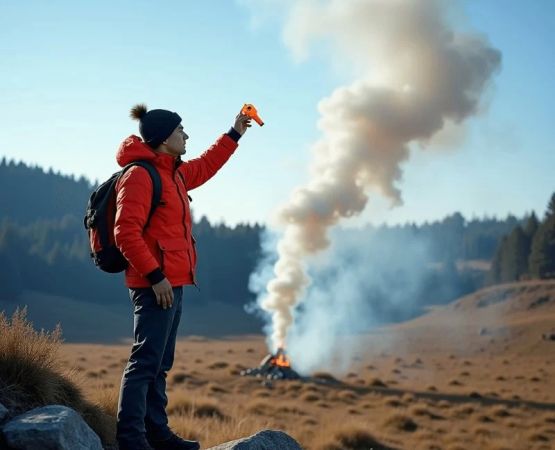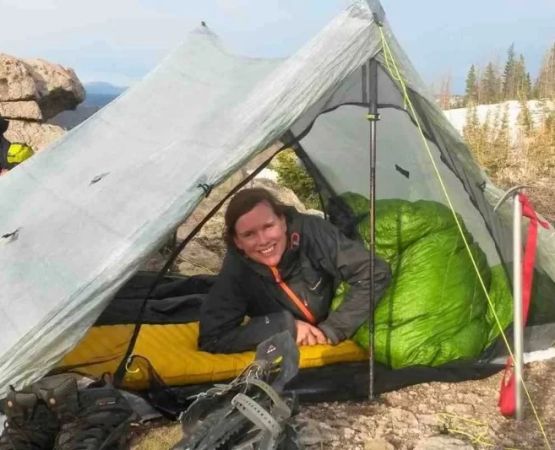- Exploring Camping Locations with Guided Nature Walks and Wildlife Tours
- Key Features of Camping Sites Offering Nature Walks and Wildlife Tours
- Notable Examples of Camping Locations with Guided Outdoor Adventures
- Planning Your Trip to Camping Sites with Guided Tours
- How Pine Cliff Resort Enhances Your Nature Walk and Wildlife Tour Experience
Exploring Camping Locations with Guided Nature Walks and Wildlife Tours
Camping is an excellent way to reconnect with the natural world, but when combined with guided nature walks and wildlife tours, the experience reaches a whole new level. These camping locations offer not just a place to rest but an educational and immersive journey into local ecosystems and wildlife habitats. Whether you are a novice camper or an avid naturalist, selecting a campsite that provides structured outdoor activities allows you to deepen your understanding and appreciation of nature.
Guided nature walks introduce campers to the flora, fauna, and geological features that define a region, led by experts who share fascinating insights and stories. Wildlife tours offer the chance to safely observe animals in their natural environment, often at times and places you might not access on your own. Together, these experiences enrich the typical camping trip, making it memorable and meaningful.
Key Features of Camping Sites Offering Nature Walks and Wildlife Tours
1. Professional Guides and Educational Programs
One hallmark of camping locations with guided nature walks and wildlife tours is the presence of knowledgeable guides. These professionals enhance the experience by interpreting animal behaviors, pointing out rare plants, and explaining ecological relationships. Many sites offer seasonal or themed programs, such as bird migration tours or night-time wildlife spotting.
2. Well-Maintained Trails and Viewing Areas
Camping sites that emphasize nature walks invest in trail maintenance and strategically placed observation points. This ensures safety and minimizes human impact on fragile habitats. Trails vary in difficulty and length to accommodate families, casual hikers, and serious explorers.
3. Conservation and Sustainability Practices
Responsible camping sites prioritize environmental stewardship. They implement sustainable practices such as limiting visitor numbers on tours, encouraging Leave No Trace ethics, and supporting local conservation projects. This dedication reassures visitors that their presence contributes positively to protecting natural areas.
4. Accessibility and Amenities
While immersion in nature is key, many campers appreciate access to clean restrooms, potable water, and secure campsites. Accessibility for diverse groups, including families and older adults, is also important, with some guided tours designed to be inclusive and accommodating.
Notable Examples of Camping Locations with Guided Outdoor Adventures
1. Whispering Pines Campground – Connecting with Forest Life
Whispering Pines is a favorite for campers seeking guided nature walks that highlight the rich biodiversity of old-growth forests. A recent visitor shared an unforgettable moment spotting a rare owl during a dusk tour, guided by a passionate naturalist who explained the bird’s role in the ecosystem. The campground’s commitment to sustainable practices ensures that these forest treasures remain protected for future visitors.
2. Meadowbrook Wildlife Reserve – Immersive Wildlife Tours
Situated in a protected valley, Meadowbrook offers wildlife tours that specialize in tracking local mammals like deer, foxes, and sometimes elusive bobcats. One group recounted a thrilling encounter during a dawn tour where they quietly observed a family of deer grazing near the campsite. The reserve's guides balance the thrill of discovery with respect for animal privacy, creating an educational yet responsible experience.
3. Lakeside Haven – Family-Friendly Nature Walks
Lakeside Haven blends easy-to-navigate trails with interactive guided tours perfect for families with children. Campers enjoy storytelling sessions around the campfire that complement daytime walks. A recent family praised how the guides made nature accessible and exciting, sparking a newfound interest in outdoor exploration among their kids.
Planning Your Trip to Camping Sites with Guided Tours
1. Research Available Guided Activities
Begin by reviewing the specific nature walks and wildlife tours offered at your chosen camping location. Check schedules, booking requirements, and any restrictions related to age, fitness level, or group size. Early reservations are often necessary for popular tours.
2. Pack Appropriately for Outdoor Exploration
Bring suitable clothing for variable weather, sturdy footwear, binoculars for wildlife viewing, and a good camera if you wish to document your adventure. Insect repellent and sun protection are essentials for comfort and safety.
3. Prepare to Respect Wildlife and Nature
Following guides’ instructions carefully is crucial for the safety of both campers and animals. Maintaining a quiet presence and avoiding feeding wildlife helps preserve natural behaviors and ecological balance.
4. Utilize Expert Resources and Gear Providers
For the best experience, leverage resources from specialized providers such as Pine Cliff Resort. They offer equipment rentals and advice tailored for guided nature walks and wildlife tours, ensuring you have everything needed for a successful trip.
How Pine Cliff Resort Enhances Your Nature Walk and Wildlife Tour Experience
Pine Cliff Resort is dedicated to supporting campers seeking enriched outdoor experiences through guided nature walks and wildlife tours. Their curated selection of gear—from durable hiking boots to wildlife observation tools—helps adventurers of all levels engage fully with nature. Additionally, their expert team offers personalized guidance on choosing camping locations and planning activities, making Pine Cliff Resort a trusted partner for memorable and safe outdoor excursions.
Many visitors have noted that Pine Cliff Resort’s commitment to quality and knowledge made a significant difference in their camping trips, allowing them to focus on exploration while feeling fully prepared and supported.







